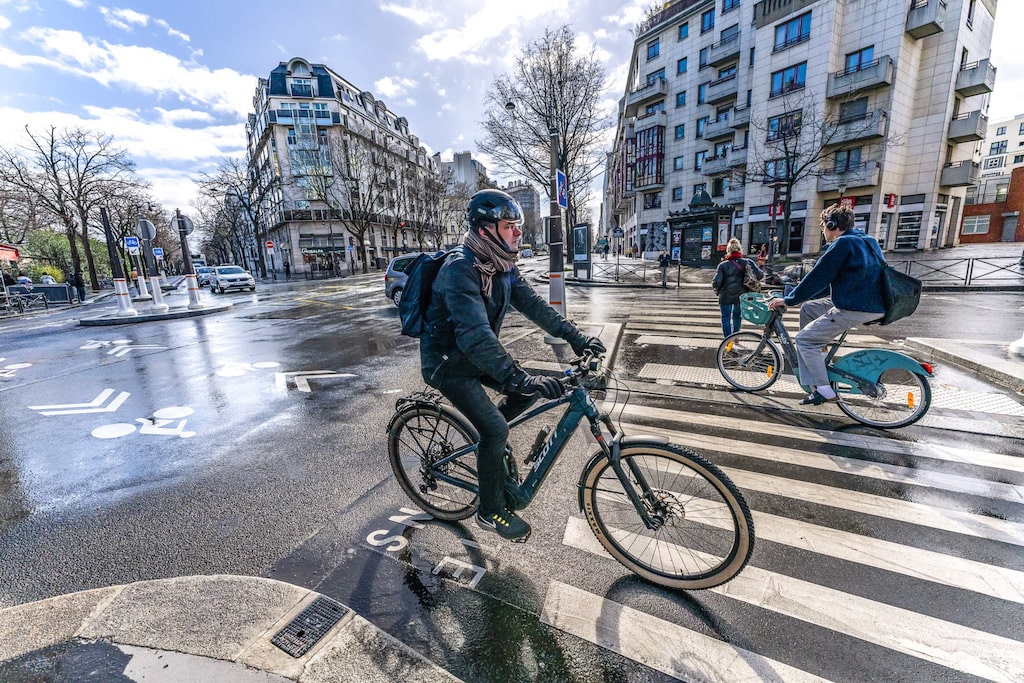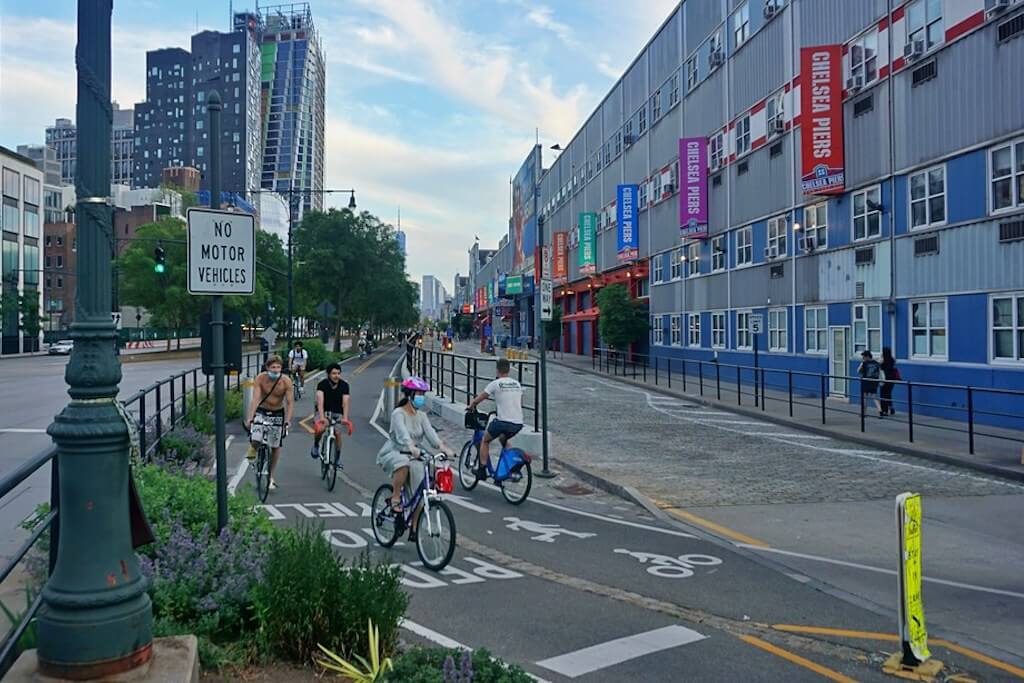ParisMassive Bicycle Network Expansion
In a recent surge to accommodate the increased demand for cycling in Paris, the city has unveiled extensive additions and updates to its bicycle network, aimed at enhancing accessibility and safety for cyclists.

In response to the growing demand for cycling in Paris, the city has unveiled a series of extensive updates and additions to its bicycle network, aimed at improving accessibility and safety for cyclists. These developments mark a significant shift in urban transport dynamics, especially in light of the Covid-19 pandemic, which witnessed a notable surge in bicycle usage.
According to a report by the Paris Region Institute, bicycles now account for 11.2% of trips within the city, a substantial increase from less than 5% before the pandemic. This surge underscores a notable behavioral change towards cycling among Parisians.
The city’s efforts include the establishment of new cycle paths, initially introduced as temporary measures during the pandemic to reduce reliance on public transport and promote social distancing. These paths, such as Boulevard du Palais and Boulevard des Invalides, span across various arrondissements and are now made permanent as part of the 2021-2026 Cycling Plan, with an investment of 80 million euros.
Recent construction updates highlight the completion or nearing completion of several critical corridors. For instance, Avenue de la République now boasts a 1.7-kilometer bidirectional cycle track, ensuring safer travel, while Rue de La Fayette has been equipped with a bidirectional cycle path to enhance cyclist safety and pedestrian crossings.
Other notable developments include the transformation of Rue du Faubourg Saint-Antoine into a bike-friendly route and cycling paths along Quai d’Issy and Pont de la Concorde. These initiatives not only focus on expanding physical infrastructure but also on revising existing pathways to enhance safety and resolve usage conflicts.
These enhancements represent a proactive approach by the city to adapt to changing mobility needs, promoting environmental sustainability and improving urban life quality. Paris continues to set a benchmark for cities worldwide, demonstrating the significant role of cycling in shaping modern urban landscapes.
As Deputy Mayor David Belliard of Europe Ecologie-Les Verts (EELV) rightfully notes, cycling in Paris has become ingrained in the city's identity, transcending mere trendiness. Despite challenges, such as inclement weather, cyclists continue to embrace cycling, reshaping the urban landscape.
Key Developments in the Network:
- Boulevard du Palais & Boulevard des Invalides: Newly permanent cycle lanes enhancing connectivity.
- Avenue de la République: A redesigned avenue with segregated cycle paths.
- Rue de La Fayette: Equipped with a bidirectional cycle path for safety and convenience.
- Quai d’Issy and Pont de la Concorde: Featuring new cycling paths linking residential areas to central Paris.
- Avenue du Général Leclerc: A new cycle path connecting central and southern Paris.
- Boulevard Ornano / Porte de Clignancourt: A bidirectional cycle path extending into the 18th arrondissement.
- Rue du Faubourg Saint-Antoine: Enhanced connectivity with bilateral cycle paths.
Paris’s commitment to developing its cycling infrastructure not only promotes cycling as a practical transport option but also ensures its integration into the city's mobility landscape. These changes signify a broader shift towards greener, more sustainable transportation options, setting a precedent for cities worldwide.
What's Your Reaction?
































































